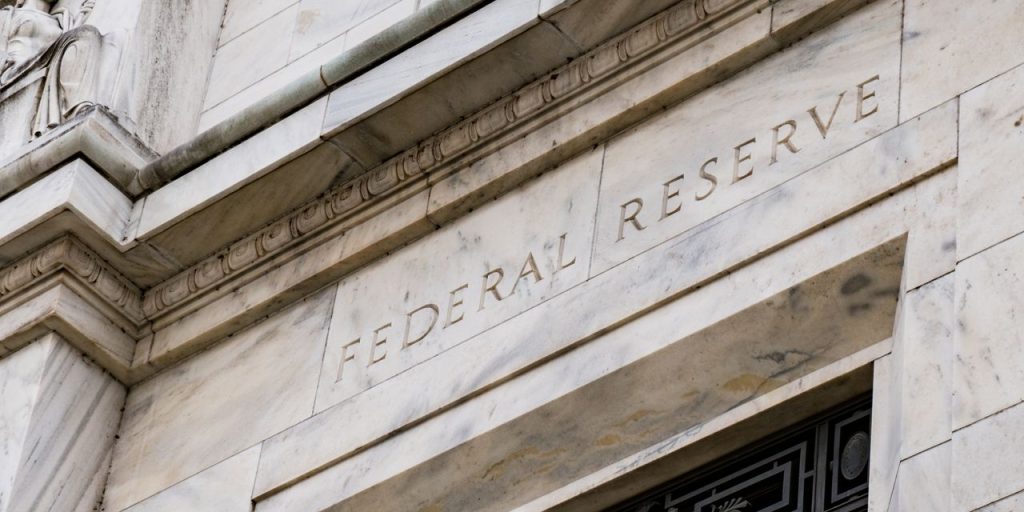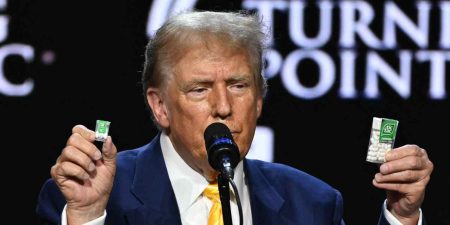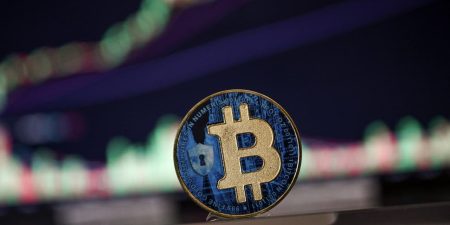The Federal Reserve officially launched its FedNow service Thursday, plunging into the world of real-time payments.
FedNow is a new instant-payments service offered by the central bank that will let users and businesses send and receive money within seconds. The service will operate at all times, allowing people to access funds through their banks or credit unions immediately, no matter what time of day someone executes a transaction.
Don’t miss: What is FedNow, the real-time payments service of the Federal Reserve?
There’s already a real-time payment option in the U.S. — run by the Clearing House, a bank-owned association — but FedNow represents another option.
The Fed announced Thursday that 35 “early-adopting” banks and credit unions are already set up to use FedNow, as is the Treasury Department’s Bureau of the Fiscal Service. Additionally, 16 service providers are equipped to support processing for the banks and credit unions.
Wells Fargo & Co.
WFC,
JPMorgan Chase & Co.
JPM,
and US Bancorp
USB,
are among the early adopters.
See also: Fed’s Williams says economy won’t hit its weakest point until next year
FedNow could prove useful in a number of cases, according to the Fed, including by allowing people to pay bills at the last minute without incurring late fees and giving workers access to their paychecks in real time.
“Over time, as more banks choose to use this new tool, the benefits to individuals and businesses will include enabling a person to immediately receive a paycheck, or a company to instantly access funds when an invoice is paid,” Fed Chair Jerome Powell said in a Thursday statement.
Will the service eventually upend the established payments infrastructure in the U.S.? There are some doubts on Wall Street, especially at this early stage.
“For now, [account-to-account] payments don’t have the acceptance, consumer
habituation, capabilities (e.g., on chargeback, security) AND appropriate incentives to support consumer payments,” Bernstein’s Harshita Rawat wrote in a note to clients last month.
In contrast, the current system — centered on Visa Inc.
V,
and Mastercard Inc.
MA,
two companies she covers — “is all about incentives,” Rawat said, as consumers can rack up card rewards and bank issuers can monetize their relationships with customers.
Read: Fed’s Waller, unimpressed by inflation data, calls for two more rate hikes this year
The Fed’s past discussion of FedNow prompted fears on social media that the central bank would use the service to replace the dollar with a digital currency, though the Fed’s website specifies that this is not the case.
“The FedNow Service is not related to a digital currency,” the central bank says. It “is neither a form of currency nor a step toward eliminating any form of payment, including cash.”
Furthermore, the Fed says it “has made no decision on issuing a central bank digital currency (CBDC) and would only proceed with the issuance of a CBDC with an authorizing law.”
Read the full article here














